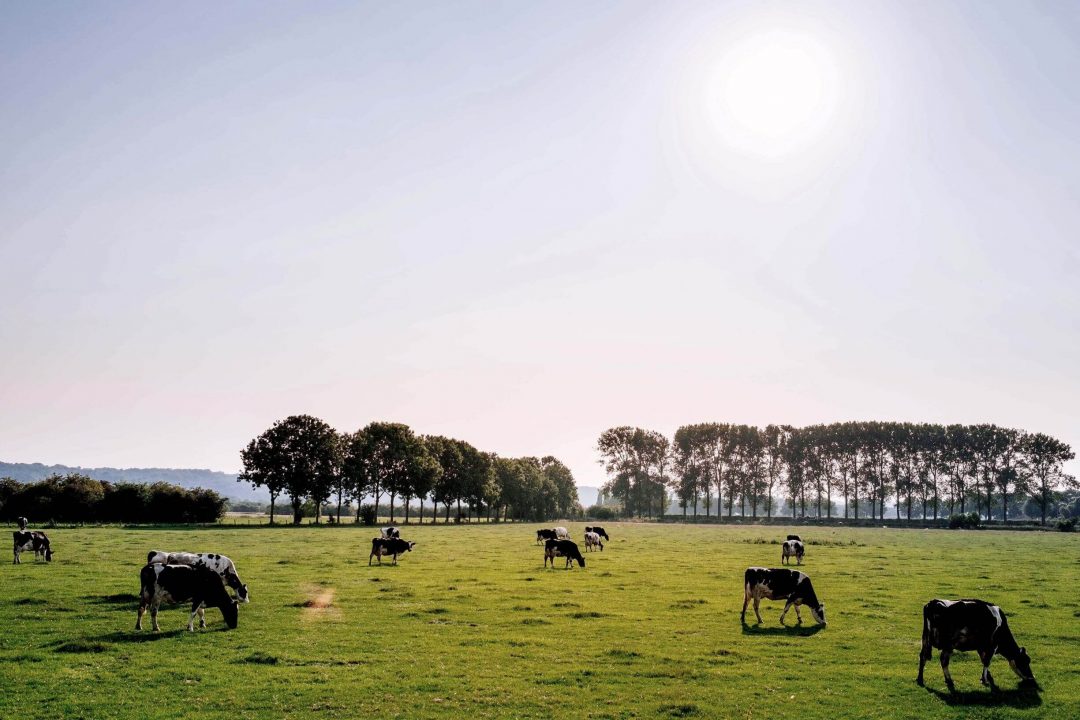
Decoding: the grass-fed milk trend
Grass-fed dairy is a discreet but promising commonsense trend. It is a movement that is spreading and affects all categories of animal products. What exactly is behind it? How does it differ from organic farming? What is its impact on infant nutrition products? The grass-fed segment raises all sorts of questions.
Grass-fed cows’ milk, a promising trend
Also known as hay milk and grass milk, milk from grass-fed cows is gradually appearing on supermarkets shelves. The breeding method behind this appellation represents a return to basics: cows have maximum access to pastureland when the season permits, and are given a hay-based diet in winter. This farming method which favors the outdoors dates back to the origins of animal husbandry.
Figures that confirm a market ready to take off
The dairy sector alone accounts for almost 40% of the segment.
While the trend is currently niche, the figures[1] are encouraging. There are now 2,400 products with a “grass-fed” claim in the world. And the innovation dynamic has continued to grow in recent years, with product launches intensifying in all sectors (see Figure 1). The dairy sector alone accounts for almost 40% of the segment.
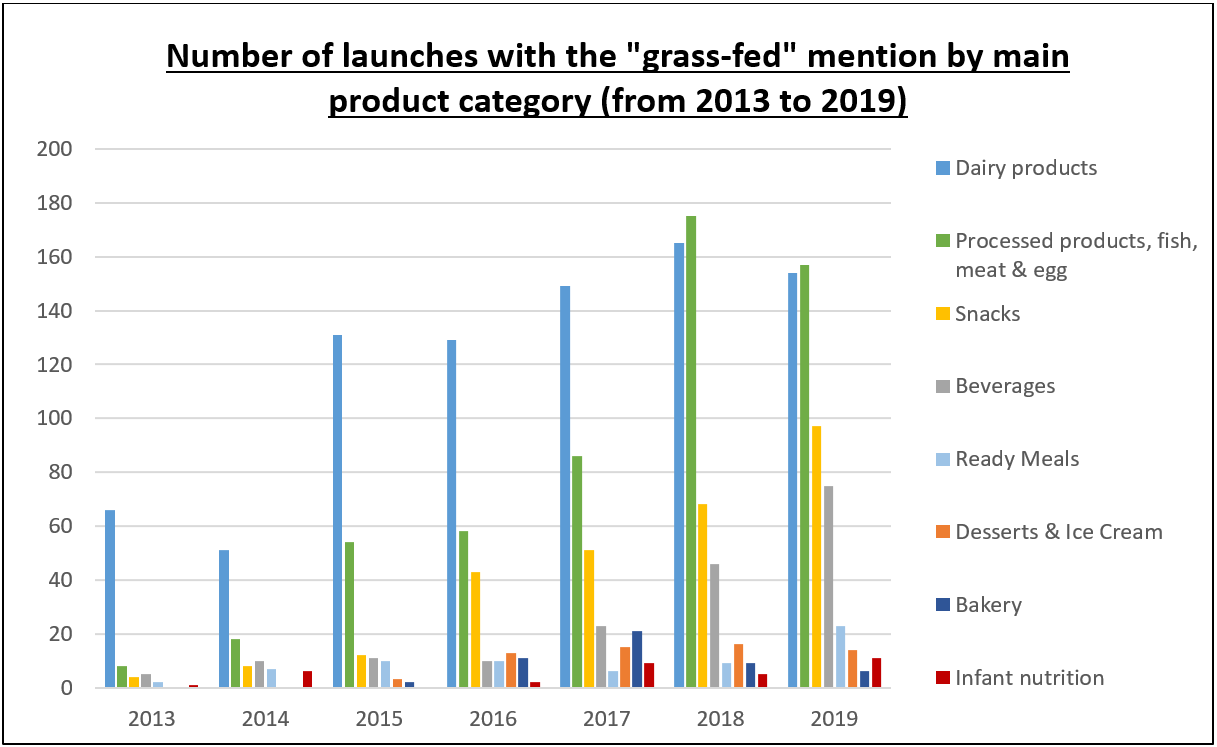
Figure 1: Number of launches with the “grass-fed” mention by main product category
(from 2013 to 2019)
Why is grass milk promising?
Across all sectors, the trend today is towards naturalness and a return to basics. Consumers are becoming ‘players’ and looking beyond the ‘clean’ label. They are interested in traceability, animal welfare, peasant agriculture, etc. The consumer is involved from the pasture to the plate.
Animal welfare is also one of the pillars of grass milk. Grass feeding and access to pastureland contribute greatly to animal welfare. It is a farming method that respects the natural physiological needs of dairy cows.
Nutrition, environment & ethics: the many advantages of grass milk
Grass milk and nutrition
A better fatty acid profile
Several studies have been conducted on the fatty acid profile of conventional, organic and grass milks. They have focused on the main characteristics of milk fat. These include the omega-3 and omega-6 content of milks. The results[2] are presented in figures 2 and 3 below.
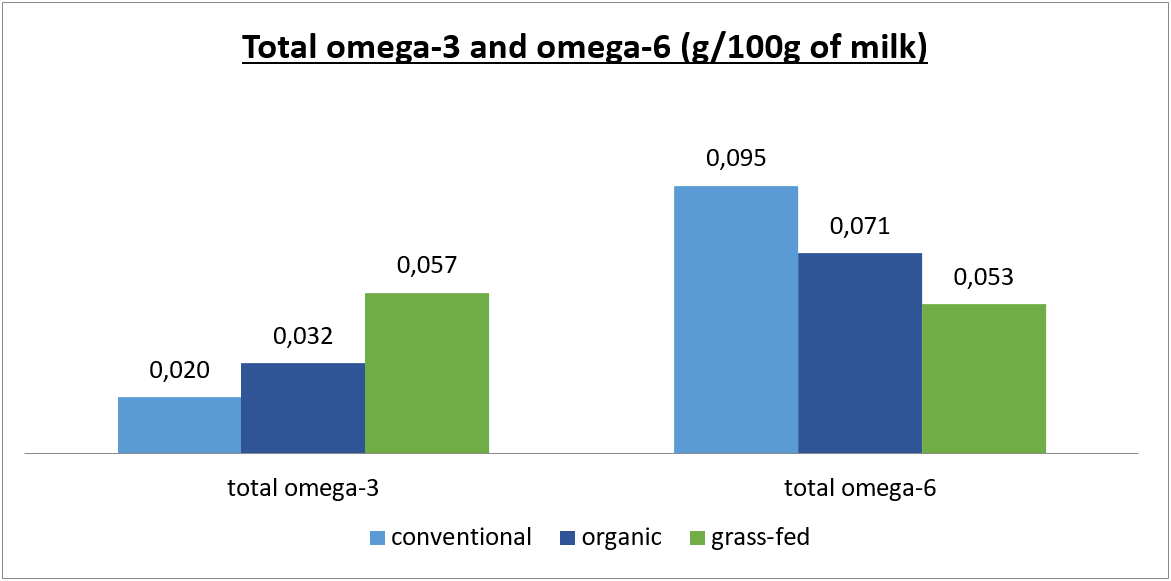
Figure 2: total omega-3 and omega-6 contents of the different types of milks
There are clear differences between conventional milks and the other two categories. Grass milk appears to be an extension of organic milk, showing similar results.
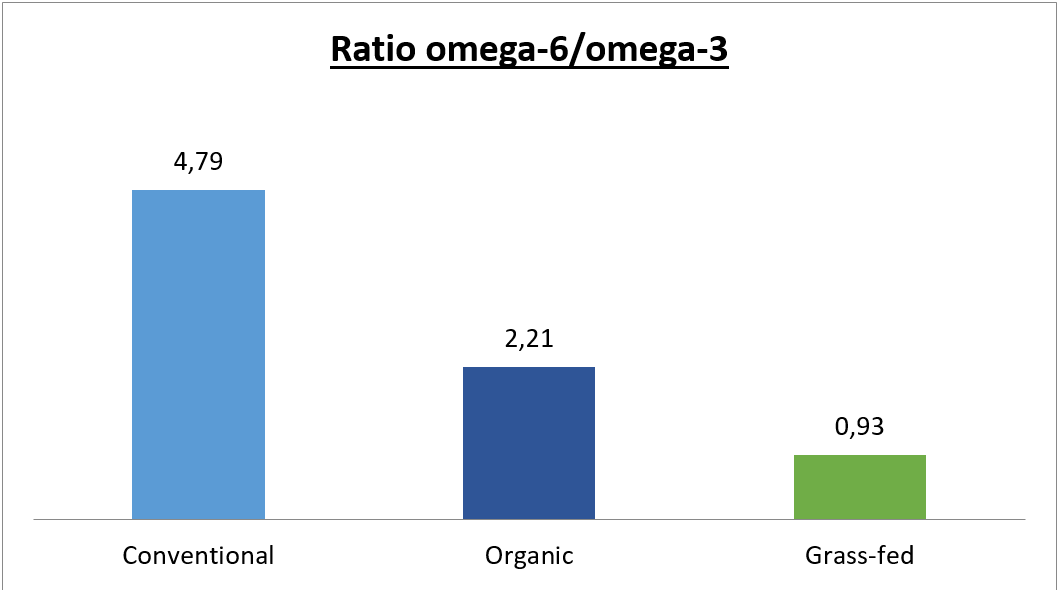
Figure 3: omega-6/omega-3 ratio of the different types of milks
One of the most striking results of this study is the higher omega-3 and omega-6 content in grass milk compared to conventional milk. Going further, we also find that the omega-6/omega-3 ratio is reversed. This is a remarkable finding. Current diets tend to increase consumption of omega-6 to the detriment of omega-3. However, official recommendations encourage a rebalancing of omega-6 and omega-3 intakes, with a ratio of less than 5.
As well as being rich in essential fatty acids, grass milk thus appears to be in line with official nutritional recommendations.
Preserved vitamins[3]
It is commonly accepted that the vitamin A, E and D requirements of ruminants are not fully covered by conventional rations. Breeders therefore distribute a Mineral and Vitamin Supplement (MVS) to supplement their feed. However, for animals on pasture, needs can be completely covered.
For certain vitamins present in milk, the cows’ diet is an essential parameter. In fact, there is a linear relationship between the nutrients ingested by the cow and those found in the milk.
This is the case, for example, of so-called fat-soluble vitamins (A, E and beta-carotene). Their concentration is mainly related to the quantities of feed consumed by cows. Although they are generally provided by MVS’, the best source is fresh grass. In grass milk, the vitamin concentrations are higher.
A strong interest in child nutrition
In child nutrition as elsewhere, interest in grass-fed is growing. This is why infant milk formulas now contain more and more ingredients from grass-fed cows, especially proteins added into these formulas. There has been a distinct increase in grass-fed products in infant nutrition since 2017.

The growing interest among parents is closely linked to the values conveyed by grass-fed dairy. It is a reassuring label. Consumers are very sensitive to the origin of children’s products. Most of them are looking for products where quality and traceability are the key words. In the same way as the organic label, the grass-fed label provides consumers with reassurance when they buy children’s products.
Grass milk: a pro-environmental breeding method
As well as its nutritional benefits, milk from grass-fed cows is undoubtedly beneficial for the environment. It is a method that preserves landscapes with grassy meadows. Grassland soil is rich in humus and becomes a CO2 collector, thus curbing greenhouse gas emissions. By extension, this type of farming also contributes to the protection of biodiversity. It is also an agriculture that respects the rhythm of the seasons, with hay during the winter period. Finally, the non-use of processed rations makes it a low water-consuming method. These are all points in line with a more environmentally friendly agriculture.
An aura of safety for consumers
As mentioned earlier, consumers are looking for naturalness and are highly involved in their diet. They perceive grass milk as superior to conventional milk (figure 4), with respect to various criteria: natural, premium, quality, the environment, etc.
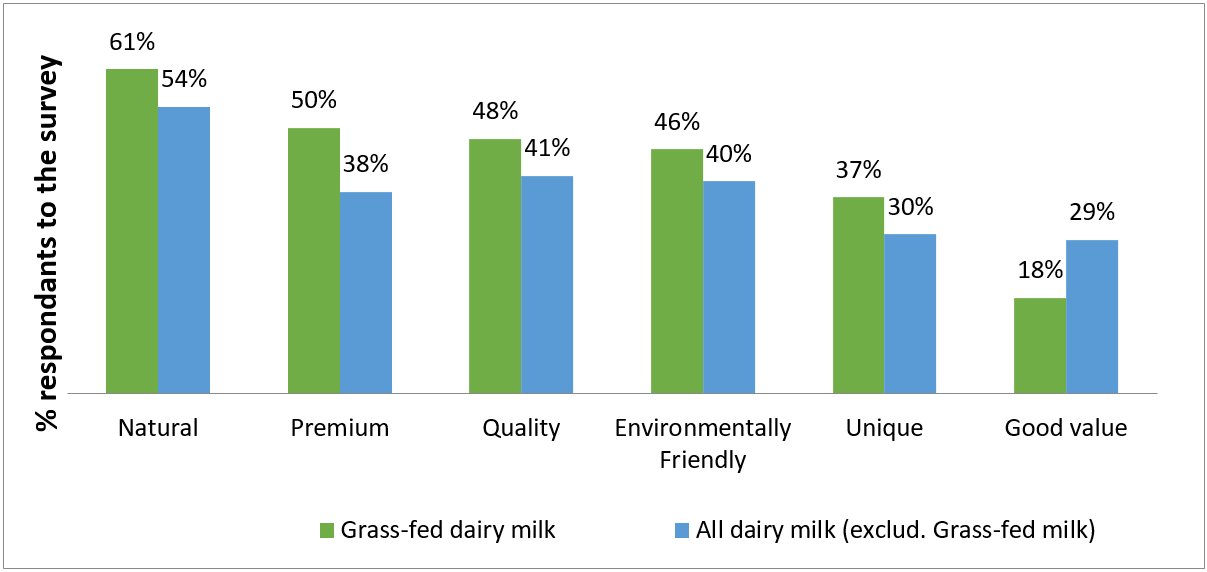
Figure 4 : perception of grass milk vs. conventional milk (Mintel, GNPD, 2020)
For the infant milk segment, grass-fed dairy is a guarantee of quality and safety, just like the organic label. Parents are looking for products that are as natural as possible. They will scrutinize breeding conditions in search of limited inputs, processing steps, lists of ingredients… All these factors will contribute to triggering a purchase or not.
Prolacta®, the grass-fed protein range for infant nutrition
As an expert in dairy ingredients, Lactalis Ingredients strives to offer high-quality products in step with market trends. Our Prolacta® range, dedicated to infant nutrition, is perfectly in line with the grass-fed trend. We pay particular attention to sustainability and animal welfare. For example, Lactalis Ingredients guarantees that 92% of cows graze for at least 9 months of the year.
As part of our Go Green initiative, we make it a point of honor to promote grass-based feed for our farms. We are also committed to limiting transport between breeding areas and our factories. This allows us to ensure high-quality ingredients and reduce our carbon footprint.
The Prolacta® range is thus in line with the trend towards grass-fed cow’s milk. It is a trend that will gather pace in the coming years, supported by consumer demand. In response, companies are changing the market with more eco-responsible, reassuring initiatives and products with high nutritional value.
Sources:
[1] Mintel GNPD, 2020
[2] Benbrook et al, Enhancing the fatty acid profile of milk through forage‐based rations, with nutrition modeling of diet outcomes, 2018
[3] Ferlay et al, Controlling the fatty acid and vitamin content of cow’s milk through feeding, 2013 (INRA)















